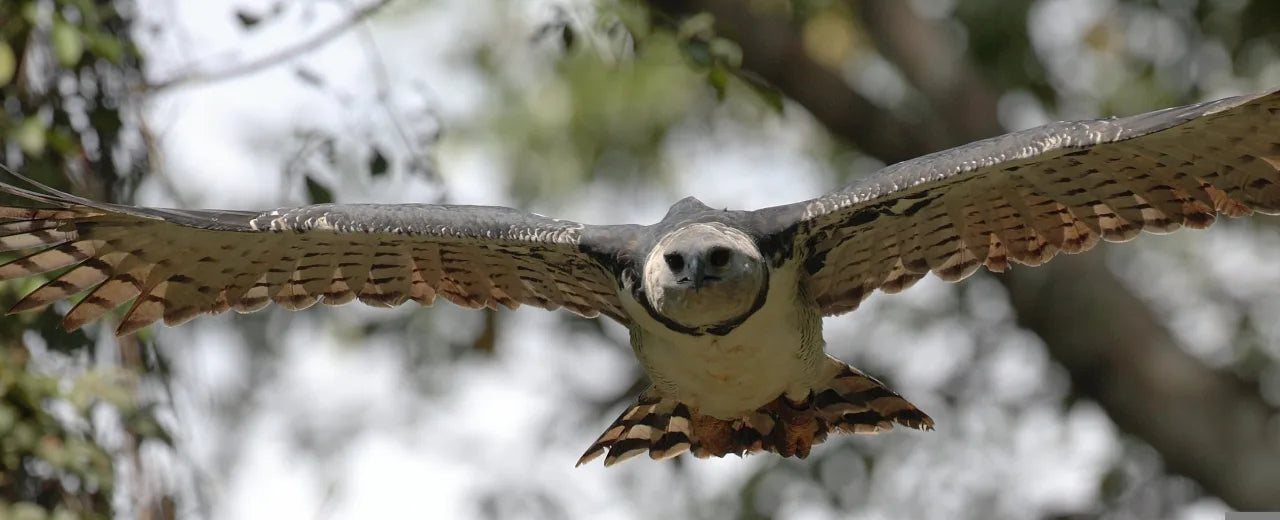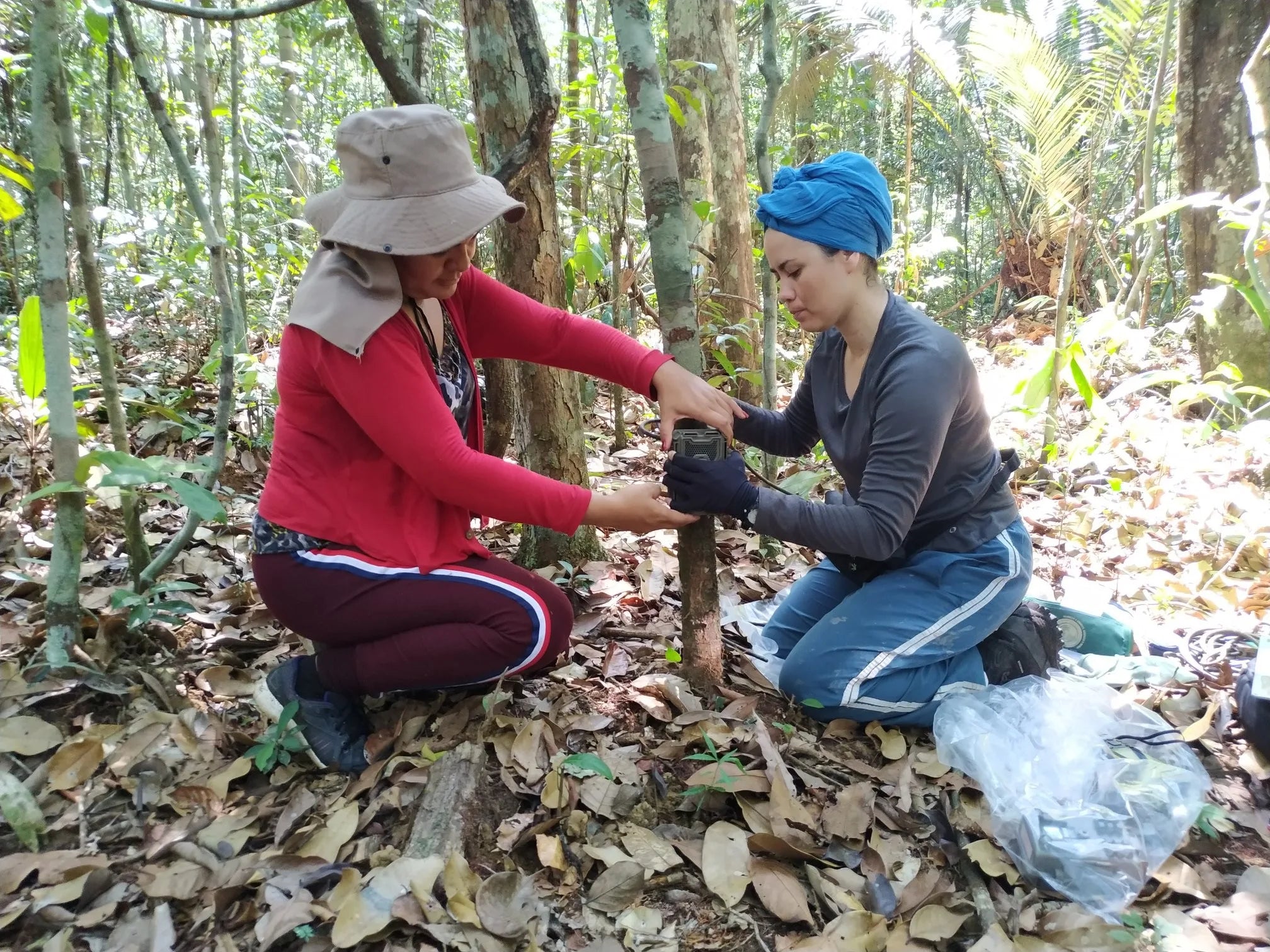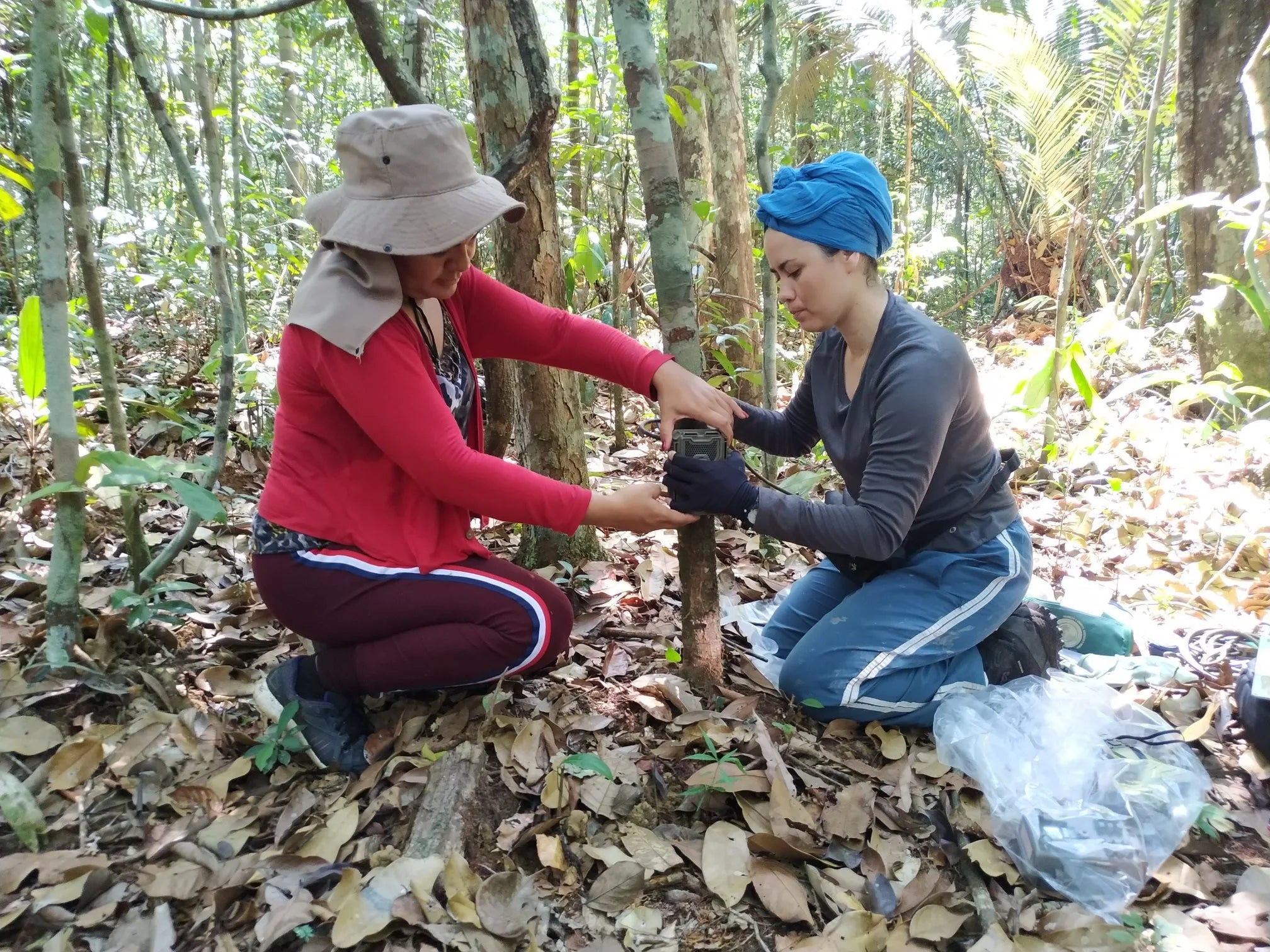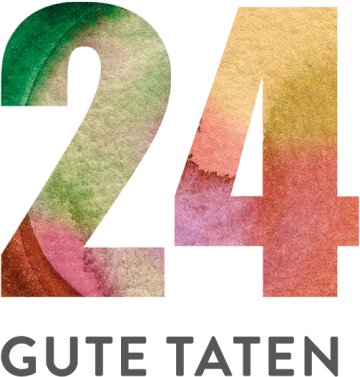Day 14
1 min. Animal population survey in the Brazilian rainforest
 On the trail of biodiversity On the trail of biodiversity
On the trail of biodiversity On the trail of biodiversity


Inventory of animal species in a newly established protected area

Hajo Schumacher presents his favorite project
need
Inventory of biodiversity as a basis for a management plan to protect biodiversity in the newly established protected area
activity
A trained team of researchers conducts an inventory of biodiversity in the protected area in the Brazilian Amazon
Measurable performance
Number of hours the research team works
Result
By determining the biodiversity in this area, concrete protection measures can be planned and established
Systemically relevant impact
Scientifically based protection of biodiversity and measurability of the efficiency of protection measures for endangered animal species in the Amazon
background



The good deed
About Brazil
Brasilia
Capital city
215,313,498
Population
8,917.7
Gross domestic product
per capita per year
0.754
Human Development Index
(Human Development Index)



